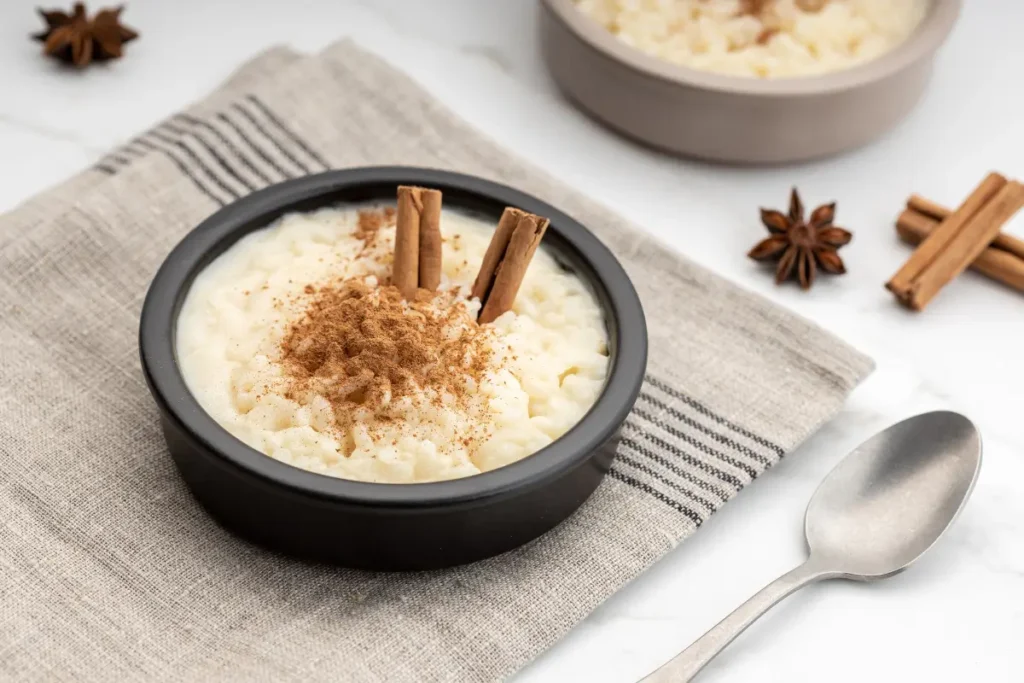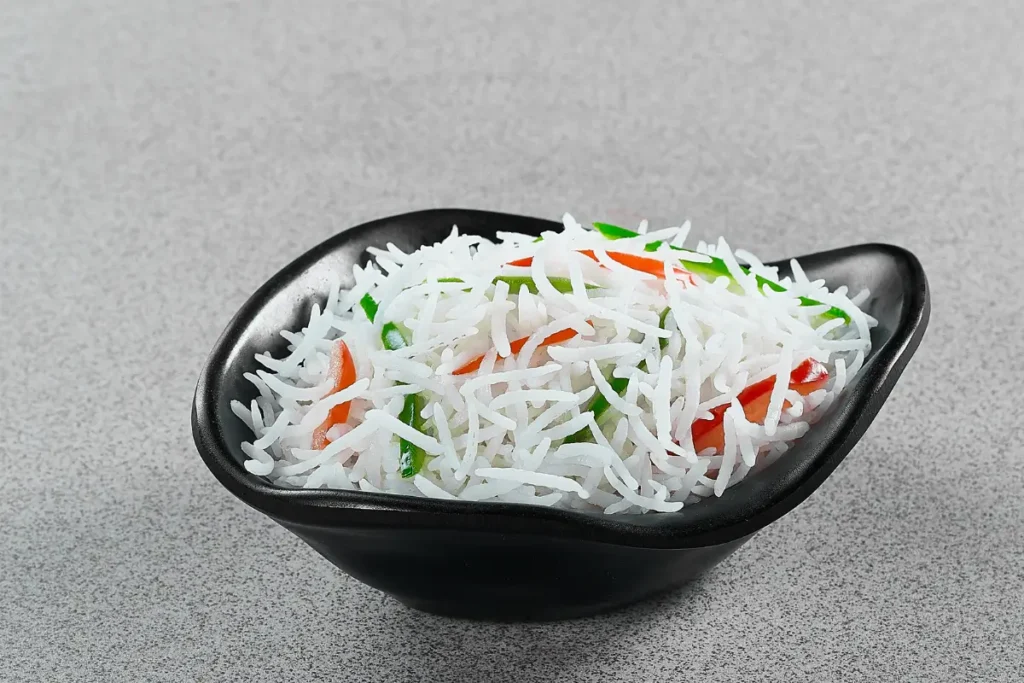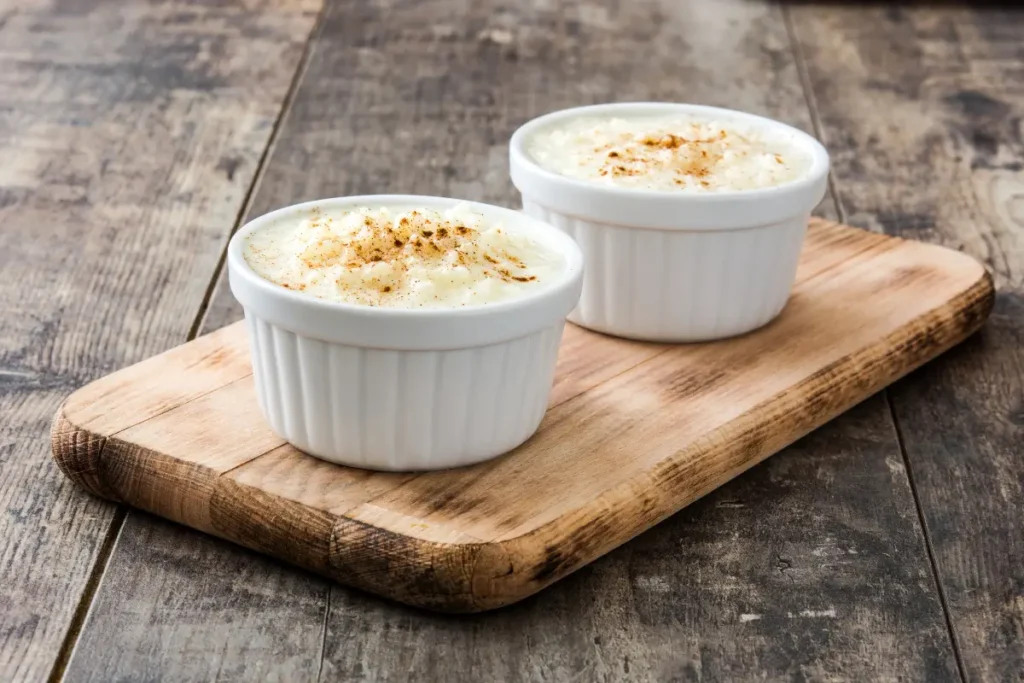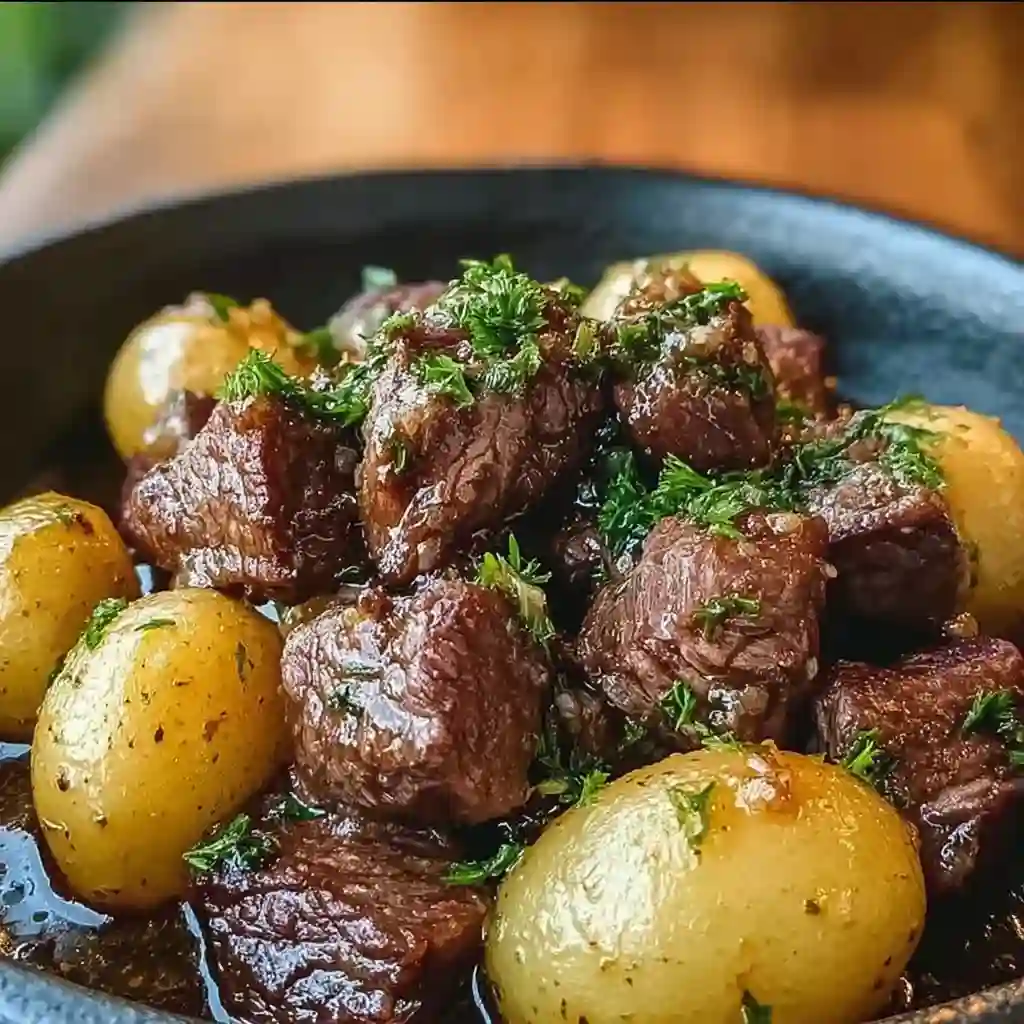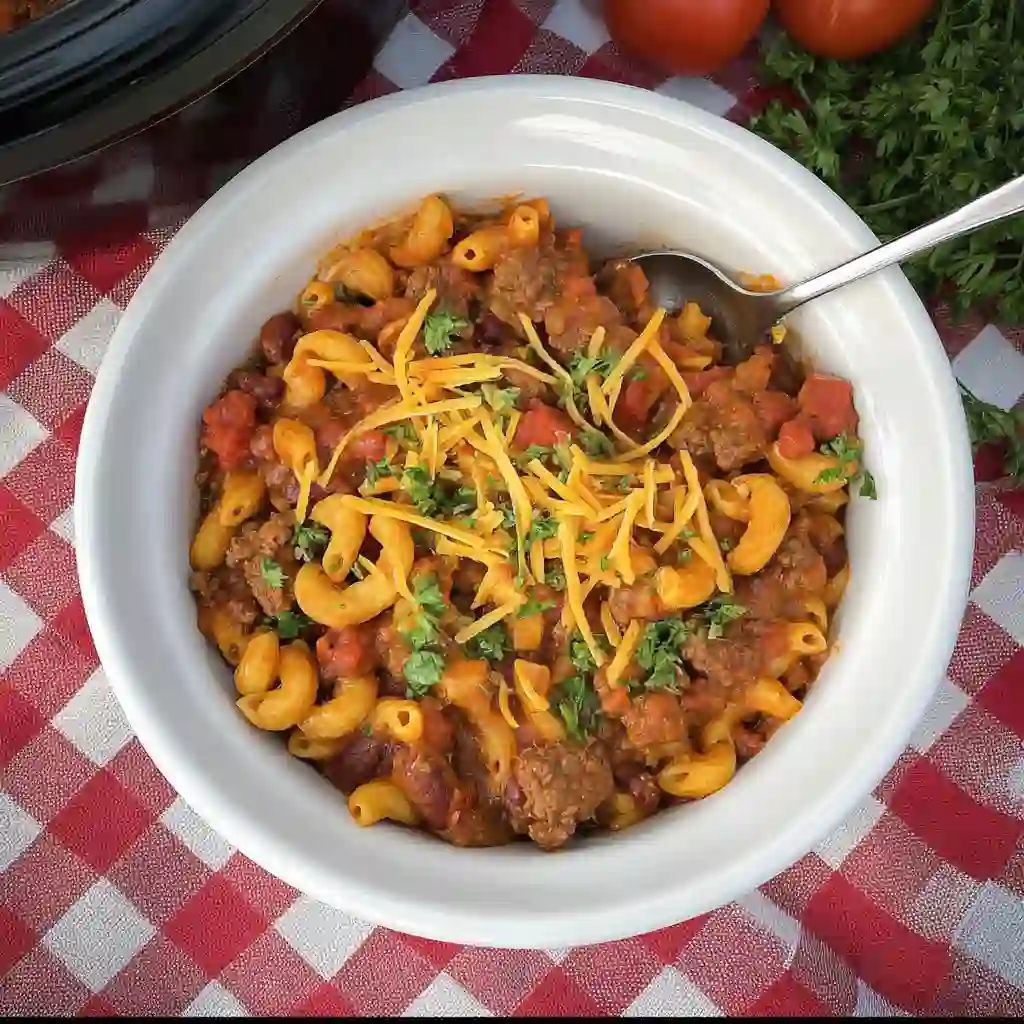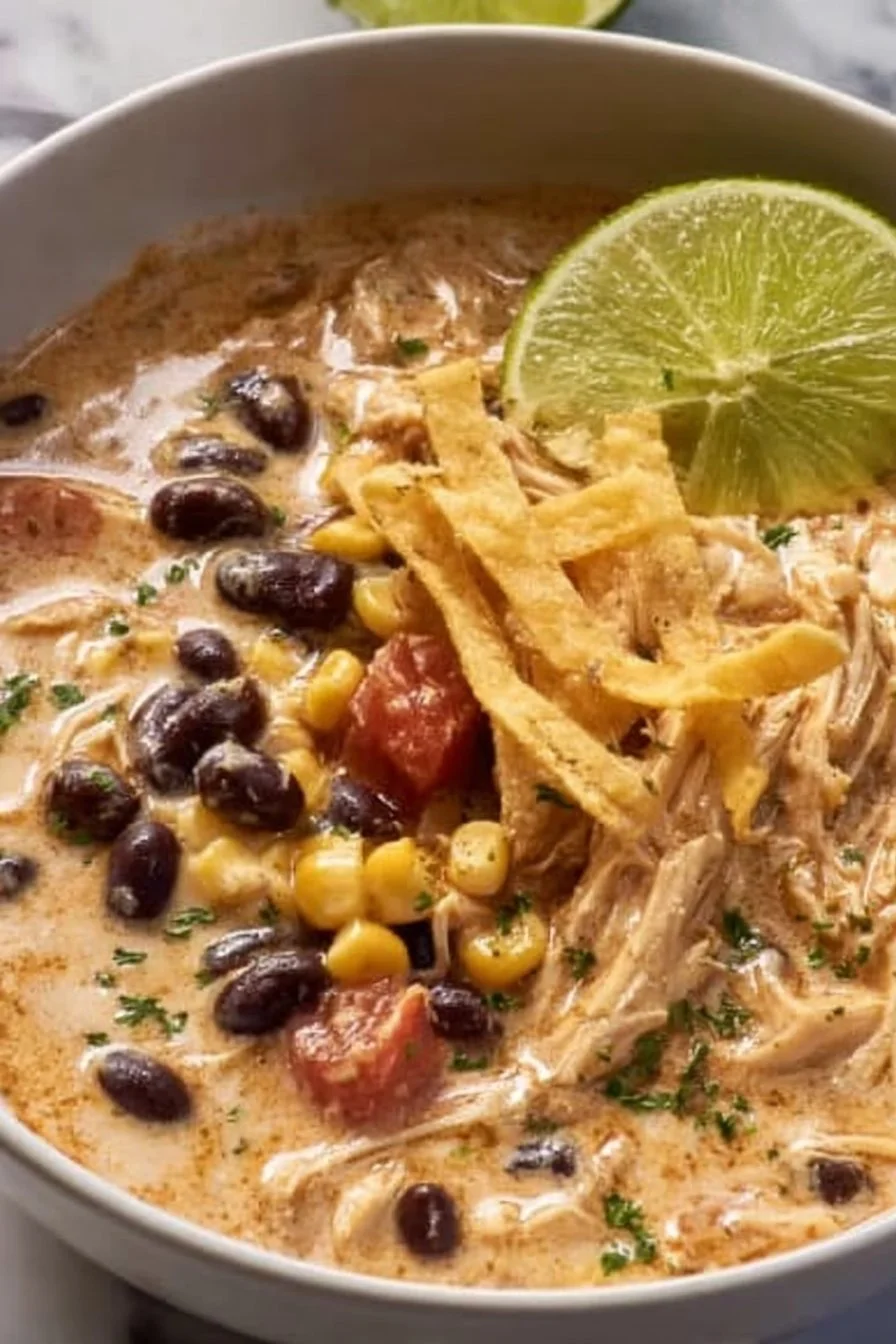Introduction
Rice pudding, a dish as timeless as it is comforting, has graced tables around the world in various forms, each unique to its cultural backdrop. At its core, rice pudding consists of rice mixed with water or milk and other ingredients such as cinnamon and raisins to sweeten the pot. However, the key to unlocking the full potential of this simple dessert lies in one crucial choice: what type of rice is best for rice pudding?
This question might seem straightforward, but the answer is as layered as the dish itself. The type of rice you choose can dramatically affect the texture, flavor, and overall satisfaction of your rice pudding. Whether you’re aiming for a creamy, dreamy spoonful or a firmer, chewier bite, understanding the nuances of different rice types is essential.
In this comprehensive guide, we’ll dive deep into the world of rice pudding, exploring the best rice varieties for achieving that perfect pudding consistency. We’ll also share some top tips on cooking techniques and how to enhance your dish with flavor boosters and serving suggestions. So, grab your spoon, and let’s get stirring! For those interested in a classic approach, our Classic Creamy Rice Pudding Recipe: Easy & Comforting Dessert offers a timeless version that embodies the
What Type of Rice is Best for Rice Pudding?
Rice pudding, a dish as ancient as time, has graced tables around the world in various forms, from the sweet, creamy versions in Europe and North America to the spiced and aromatic renditions found in Asia and the Middle East. At the heart of this beloved dessert lies a simple question that can significantly impact its texture, flavor, and overall enjoyment: What type of rice is best for rice pudding?
A Brief History
Rice pudding has a rich history, showing its global appeal. It started as a simple dish with rice, milk, and sugar. Over time, it became a beloved comfort food across cultures. This change highlights its versatility and the crucial choice of rice. The right type ensures ideal creaminess and taste.
The Importance of Choosing the Right Rice
The choice of rice can make or break your rice pudding. The best rice absorbs milk and sugar flavors well. It should be neither too mushy nor too firm. With many rice types available, knowing each one’s traits is key. This knowledge helps make rice pudding more than just a dessert. It turns it into an experience.
Types of Rice Explored
Arborio Rice: The Creamy Choice
Arborio rice, known for its role in risotto, brings a creamy texture to rice pudding without the need for excessive stirring. Its high starch content releases slowly as it cooks, creating a naturally thick and velvety consistency that’s hard to resist.
- Characteristics and Benefits for Pudding: Arborio’s absorbent grains swell to a delightful creaminess, making it a top choice for those who prefer their pudding rich and luxurious.
Basmati Rice: The Fragrant Alternative
Basmati rice stands out with its unique aroma, adding a new dimension to the pudding. Its long, slender grains offer a distinct texture and a fragrance reminiscent of nuts and flowers, elevating the dish’s complexity.
- How Its Unique Aroma Influences Pudding Flavor: The subtle fragrances of basmati rice infuse the pudding with delicate floral and nutty notes, providing a sensory experience that transcends taste.
Jasmine Rice: A Sweet Contender
Similar to basmati but with a sweeter profile, jasmine rice contributes a slightly sticky texture and a floral aroma. It’s a favorite in Thai cuisine and works wonderfully in rice pudding, offering a slightly different, but equally enchanting, flavor profile.
- Texture and Taste Comparison: Jasmine rice grains stick together more than basmati. This makes the pudding tender, rich, and slightly sweet. It pairs well with sugar and milk.
Short-Grain Rice: For a Stickier Pudding
Preferred in East Asian desserts, short-grain rice is the go-to for a stickier, more cohesive pudding. Its starch content is higher, which means it releases more amylopectin, giving the pudding a gooey texture that’s both comforting and satisfying.
- Why It’s a Favorite in Certain Cultures: This rice’s ability to absorb flavors while maintaining a distinct, slightly chewy texture makes it ideal for traditional desserts where a denser, more substantial pudding is desired.
Long-Grain Rice: The Traditional Staple
The versatility of long-grain rice makes it a safe and traditional choice for rice pudding. It cooks fluffier and less sticky than short-grain types. This gives a lighter texture, letting milk and sugar flavors stand out.
- Versatility and Texture in Rice Pudding: Its neutral flavor and less creamy texture make long-grain rice a canvas for the rich, sweet, and creamy elements of the pudding, appealing to those who prefer a subtler dessert.
Cooking Techniques
Stovetop Rice Pudding Method
Cooking rice pudding on the stovetop is a traditional method that allows for a lot of control over the texture and consistency of the dessert. Here’s a simple, step-by-step guide to achieving creamy perfection:
- Combine Ingredients: Start by mixing your chosen rice with milk (dairy or a plant-based alternative), sugar, and a pinch of salt in a heavy-bottomed saucepan. This mixture ensures even cooking and prevents the milk from scorching.
- Simmer Gently: Cook the mixture on a low heat, stirring frequently to prevent sticking and to encourage the rice to release its starches, which naturally thicken the pudding.
- Flavor as Desired: Halfway through cooking, add flavorings such as vanilla extract, cinnamon, or lemon zest to infuse the pudding with a deeper flavor profile.
- Cook to Desired Consistency: The key to stovetop rice pudding is patience; it should simmer gently until the rice is fully cooked and the mixture has thickened to your liking, usually around 25-30 minutes.
Baked Rice Pudding Method
Baked rice pudding offers a different texture and flavor, with a golden crust on top that many find irresistible. Here’s how to achieve it:
- Preheat and Prepare: Preheat your oven to 350°F (175°C) and lightly grease a baking dish.
- Mix Ingredients: In a bowl, combine cooked or uncooked rice (depending on your recipe), milk, sugar, eggs (for binding), and your chosen flavorings.
- Bake Until Set: Pour the mixture into the prepared dish and bake until the pudding is set and the top is golden brown, about 45-60 minutes. Stirring halfway through baking can help maintain a creamy texture throughout.
Baking affects texture and taste: It makes rice pudding firmer with a creamy inside and crispy top. Oven heat blends flavors well, creating a rich, comforting dessert.
Enhancing Your Rice Pudding
Flavor Enhancers and Add-Ins
To elevate your rice pudding beyond the basic recipe, consider incorporating a variety of spices, fruits, and sweeteners. Here are some ideas to get you started:
- Spices: Cinnamon, cardamom, and nutmeg can add warmth and depth.
- Fruits: Stir in raisins, chopped dates, or fresh berries for a burst of sweetness.
- Sweeteners: Experiment with honey, maple syrup, or condensed milk for different flavor profiles.
Serving Suggestions
Presentation can transform the rice from a humble dessert to an elegant treat. Consider these serving suggestions:
- Garnish with flair: Add cinnamon, fresh berries, or whipped cream for appeal.
- Layer with fruit compotes: Use compotes or sauces for a stunning, tasty dessert.
FAQs:
What Kind of Rice is Used in Pudding?
It can be made with various types of rice, each offering a unique texture and flavor to the dish. Common choices include:
- Arborio Rice: A medium-grain rice known for its creamy texture, making it a popular choice for a rich and velvety pudding.
- Basmati and Jasmine Rice: Long-grain rices that add a fragrant aroma and a slightly firmer texture to the pudding.
- Short-Grain Rice: Such as sushi rice, which provides a stickier consistency, ideal for those who prefer a denser pudding.
Is Short or Long Grain Rice Better for Rice Pudding?
The choice between short or long grain rice for rice pudding depends on personal preference:
- Short-Grain Rice is better for those who enjoy a creamier, more cohesive pudding. Its higher starch content results in a gooey, sticky texture.
- Long-Grain Rice is preferred for a lighter, fluffier pudding. It tends to be less creamy but highlights the individual grains, providing a delicate texture.
What Rice Can I Use Instead of Pudding Rice for Rice Pudding?
If you don’t have traditional pudding rice, you can use several alternatives:
- Arborio Rice: Often used in risotto, Arborio rice is an excellent substitute due to its high starch content and creamy texture.
- Short-Grain White Rice: Similar to pudding rice, it cooks up soft and sticky, making it a suitable alternative.
- Basmati or Jasmine Rice: While these long-grain rices offer a different texture, they can still create delicious rice pudding with a unique aroma and slightly firmer bite.
What is Traditional Rice Pudding Made Of?
Traditional rice pudding is a simple, comforting dessert made from a few staple ingredients:
- Rice: The base of the pudding, with the type of rice varying by regional preferences.
- Milk or Cream: Used to cook the rice until soft and creamy. Some recipes use a combination of both for extra richness.
- Sugar: Sweetens the pudding. The amount can be adjusted according to taste.
- Flavorings: Vanilla, cinnamon, and nutmeg are common, but the flavors can vary widely depending on cultural and personal preferences.
These ingredients are combined and cooked until the rice is tender and the mixture has thickened to a creamy consistency. The result is a warm, comforting dessert that can be enjoyed in various ways across different cultures.
Finding Your Perfect Rice for Pudding
In the quest for the perfect rice pudding, the journey is as delightful as the destination. Whether you prefer the creamy embrace of Arborio, the aromatic whispers of Basmati, or the comforting familiarity of long-grain rice, the key lies in experimentation and personal taste. So, why not start your culinary adventure today and discover the rice that speaks to your soul?
Remember, the perfect rice pudding is not just about the ingredients but the love and care you put into making it. So, grab your spoon, and let’s dive into a world of creamy, comforting delight!

